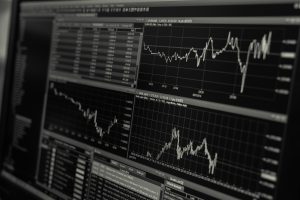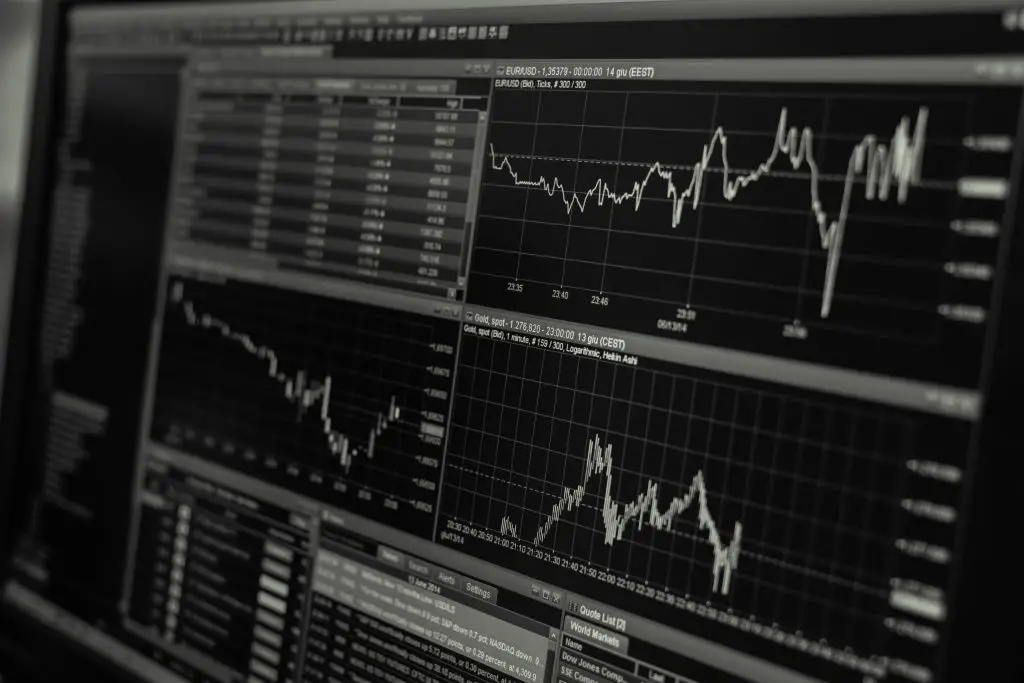Here is a list of trading strategies used by different types of traders to make money in the markets.
Day trading: Day traders open and close their trades inside regular market hours. Day traders avoid the risk of overnight gaps but can only profit from intraday price moves. They close their positions by the end of the trading day and go out flat.
Scalping: Scalpers profit by quickly buying and selling throughout the trading day targeting micro profits. Scalpers edge comes from their speed of execution and getting in and out of trades as fast as possible with a profit. They trade on the smallest time frame in seconds and minutes.
Swing trading: Swing traders try to capture short-term and medium-term moves in a chart over days up to weeks. Swing traders do best in range bound markets trading the moves in price from lows to highs over and over.
Position trading: Position traders hold for an extended time period looking for the market prices to eventually move in their favor. The average time frame position traders hold positions for is weeks or months. Position traders are not very active in trading, they tend to make a few large bets on a few of their best ideas, usually less than 10 a year.
Breakout trading: Breakout traders buy when a price makes a new high in the time period being tracked. Breakout traders favorite trade is usually a break out to a new high in price. Most chart pattern signals are simply breakout signals over previous trend lines. Break out traders generally buy high and sell higher.
Trading a reversal: Reversal trading is entering a position during a trend change on a chart. Buying a reversal consists of waiting for a clear change in a current price direction where it appears to be now going in the opposition position. Buying a dip in a down trend that appears to have put in a low price and selling short after a chart rips higher in price but seems to have put in a high price is trading a reversal.
Momentum trading: Momentum traders buy charts that are going up in price and sell them after when they seem to peak, they also sell short a stock that is falling fast and buy to cover when it seems to have made a low. Momentum traders use volatility for buying and selling short opportunities in brief up moves and down moves then exit as momentum fades.
Trend following: Trend followers do not predict future market direction. Trend followers use quantified trading systems with an edge to create big wins and small losses by being on the right side of a sustained long-term trend. They buy high looking to sell higher and sell short low looking to buy back lower. They research quantified ways to stay long in bubbles and stay short in crashes by letting winners run and cutting losers short.
Trend trading: Trend traders attempt to trade in the direction of the current trend. In bull markets they look for long positions and in bear markets they look for short positions.
Options trading: Option traders can express their trades in endless ways by using long and short call and put contracts. They can buy or sell option premium, bet on market volatility, create hedges, and leverage their bets with defined risk. Option traders must be right about the time frame and magnitude of move.
Futures trading: Futures traders have their own auction market where they can buy and sell futures contracts for delivery on a future date for commodities, stock indexes, and currencies (Some futures are also cash settled). Futures are derivatives contracts that lock in prices for delivery in the future and are used by speculators to profit from price action.
Algorithmic trading: Algorithmic traders use a quantified rules based trading process for executing entries, exits, and position sizing to create a profitable edge based on data and repeating patterns.
Macro trading: Macro traders try to profit by trading based on the patterns in global economic data such as growth, unemployment, inflation, interest rate trends, trades and payment balances between nations, changes in world politics, government and central bank policies, financial relationships between nations, and large global financial systemic factors.

